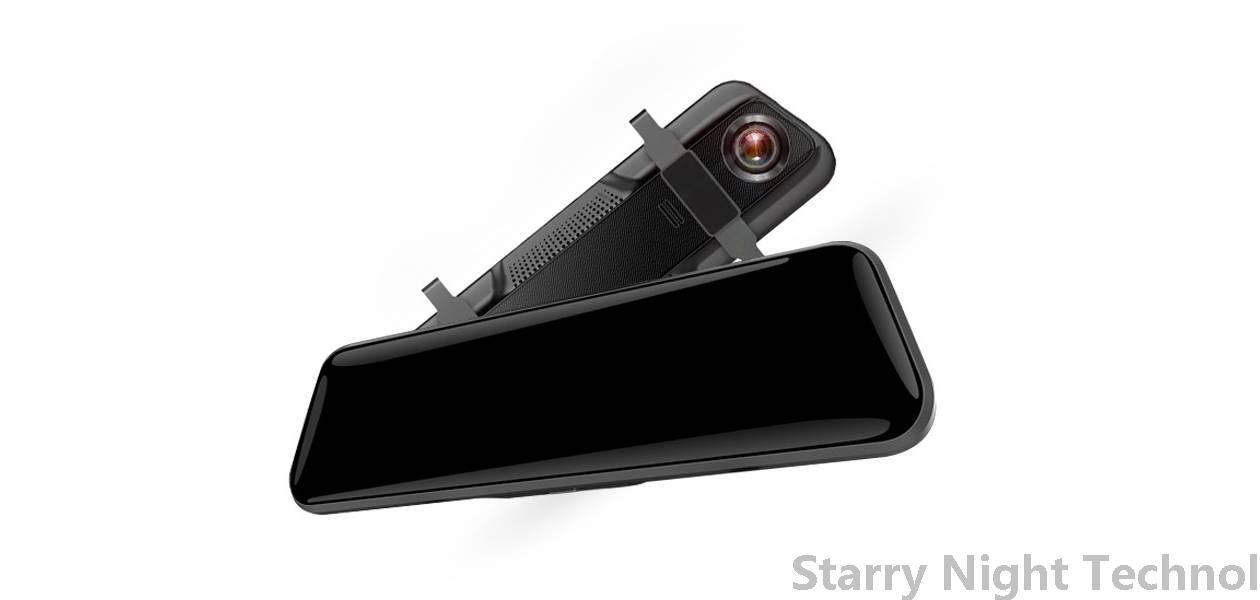The Keeper of After-Hours Observation: Infrared Protector
1753858818000

In a world characterized by relentless technological advancement, the need for security and surveillance has never been more paramount. As cities grow denser and businesses operate around the clock, ensuring safety after hours becomes a critical challenge that demands innovative solutions. Enter the "Keeper of After-Hours Observation," a concept heralded by advancements in infrared detection technology. This sophisticated guardian facilitates enhanced monitoring capabilities during those dark hours when visibility is low and vulnerabilities are high.
#### The Evolution of Surveillance Technology
Historically, surveillance systems have evolved from rudimentary watchmen to complex networks powered by artificial intelligence (AI) and machine learning. Traditional CCTV cameras often struggle in low-light conditions; they rely on visible light to capture images and often fall short at night or during inclement weather. This limitation necessitated the development of specialized sensors capable of cutting through darkness—thus giving rise to thermal imaging and infrared technologies.
Infrared sensors detect heat emitted from objects rather than relying on visible light, making them invaluable for nighttime observation. They provide vivid imagery by transforming temperature differentials into visual representations, allowing users to spot intruders, monitor various activities, or assess operational efficiency even in total darkness.
#### The Advantages of Infrared Technology
The effectiveness of infrared protection lies in its unique advantages:
1. **Enhanced Visibility**: Infrared sensors excel where traditional cameras fail. Whether it's pitch-black alleyways or dimly lit warehouses, these systems can identify warm bodies moving within their range, which makes them ideal for identifying potential threats during the night.
2. **Minimizing False Alarms**: Sophisticated algorithms integrated with infrared detectors reduce false alarms significantly. Unlike standard motion sensors that may be triggered by vegetation swaying in the wind or small animals crossing pathways, infrared systems can discern between human body heat and environmental changes. This capability ensures more accurate alerts and minimizes unnecessary responses.
3. **Integration with Smart Technologies**: Modern infrared solutions easily integrate with existing smart home and business automation frameworks. This creates a holistic approach to security, wherein various devices communicate effectively, improving overall response times during security incidents.
4. **Cost-Effectiveness**: While installation costs of advanced infrared systems may initially seem daunting, the long-term savings due to reduced theft, vandalism, and loss of property typically outweigh the upfront investment. Businesses, especially in sectors like retail or logistics, experience fewer disruptions leading to improved profitability.
 #### Real-World Implementations
#### Real-World ImplementationsA growing number of organizations across disparate sectors have begun to incorporate infrared technologies into their after-hours security protocols. For example, major retailers are implementing thermal imaging cameras outside storefronts and distribution centers to keep an eye on potentially suspicious activity after closing. In urban environments, municipalities harness infrared drones to patrol parks and recreational areas, enhancing community safety without invasive practices associated with traditional policing measures.
Meanwhile, wildlife reserves utilize similar technology to prevent poaching activities. By deploying infrared sensors along known trails inside protected regions, conservationists can surveil movements without disrupting local ecosystems, ultimately preserving endangered species while taking proactive steps against illicit hunting.
#### Considerations and Challenges
Despite their myriad benefits, the adoption of infrared protector systems is not devoid of challenges. Privacy concerns stand foremost among them. With heightened scrutiny over personal data collection, it is essential for operators to strike a balance between effective monitoring and respecting individual privacy rights. Transparency regarding surveillance practices can mitigate backlash and foster trust amongst communities.
Additionally, the initial investment cost might deter some entities from pursuing infrared technologies. However, as market competition grows and manufacturers innovate, prices are likely to decrease, extending accessibility to smaller enterprises and homeowners looking for robust security solutions.
Training personnel to efficiently interpret infrared data and respond accordingly presents another hurdle. Organizations must ensure their staff understand the new technologies and develop protocols to manage real-time alerts adequately; otherwise, the entire system’s efficacy may falter.
#### Conclusion
The "Keeper of After-Hours Observation" underscores a significant shift in the landscape of security procedures brought about by the integration of infrared technology. Enabling vigilant oversight under any condition, these systems offer unprecedented opportunities to safeguard life and property during off-hours.
As society continues transitioning into an era defined by smart innovations, embracing such adaptive strategies will be crucial to navigating growing complexities. Ultimately, building confidence in our capacity to protect both people and places hinges upon intelligently deploying tools designed for unseen dangers lurking beyond the limits of visible awareness. The future beckons as we embrace this evolution and fortify ourselves—not just in light, but also in darkness.
What are some useful night vision devicesStarry Night Technol

